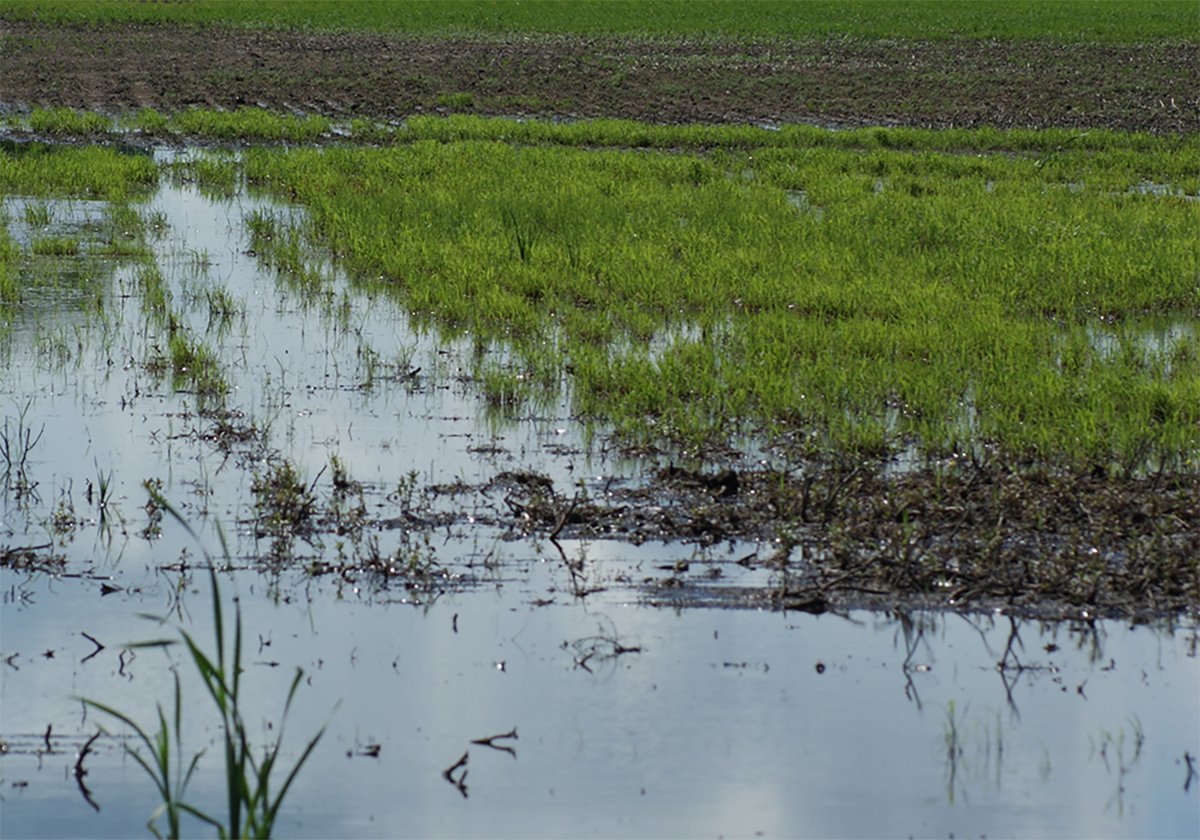Teachers and education union leaders from around the world are descending on Ottawa this week for the Education International World Congress, a gathering designed to bring pertinent, global education issues to the forefront.
The week-long program has discussions planned around noteworthy education issues such as improving the experiences of LGBTQ students, access to education for impoverished children, child labour and enhancing gender equality in the workforce.
Not on the agenda are conversations about agriculture in school curriculums.
Education International does have a few start-up programs in which educators work with farmers, notably in Africa, to push for the education of child labourers. The organization says there is even a program in Uganda where students learn about growing coffee so that down the line farmers have help growing better crops.
Read Also

Topsy-turvy precipitation this year challenges crop predictions
Rainfall can vary dramatically over a short distance. Precipitation maps can’t catch all the deviations, but they do provide a broad perspective.
Here in Canada, it’s a different conversation. Farmers say it’s time to put agriculture back into the education curriculum.
It’s an idea that’s gaining traction with Canada’s agriculture ministers.
Social licence issues reared their head more than once at the annual federal-provincial-territorial ministerial meeting in Charlottetown.
In broad terms, social licence is the ability to gain the right to operate from people. For agriculture, social licence includes issues such as animal welfare, environment and food safety.
Being able to communicate with consumers is another critical piece.
The challenge is that today’s consumers typically have no idea where their food comes from or how the sector operates. Google wields a heavy influence, often to a farmer’s dismay.
Teaching people about where their food comes from is imperative to the future of Canada’s agriculture system. It’s hard to talk to people when they have no idea what you’re doing, and it’s even harder when they think they know what you’re doing, when really they have no clue.
Education is key.
Canada’s agriculture sector has a good story to tell, Canadian Federation of Agriculture president Ron Bonnett said. The problem is that too often that story simply isn’t being told, or it’s being shouted down on social media.
The CFA wants more agriculture added to school curriculums, which Bonnett said Canada’s agriculture ministers appeared open to. They promised to continue talking about the issue, he added.
Federal agriculture minister Gerry Ritz said the government needs to “link arms with industry and consumer groups as well, just to make sure they understand the very nature of basic food production in Canada.
“It’s an opportunity to educate consumers right from kids in school on through to when they set up their own households.”
Ritz has said in the past he’s worried too many Canadian children think their food comes only from the store.
Agriculture in the Classroom is trying to change that. The organization, which is partially funded by the federal government, works to put agriculture-related learning into Canadian classrooms. Seven provinces across the country have Agriculture in the Classroom related programs, with the hope to expand nationally.
Still, the exposure Canadian children get to agriculture is limited. In Alberta, students in Grade 4 are entitled to one hour-long visit to their classroom from a local farmer, while most kindergarten students get a chance to hang out with baby chicks at some point during the school year.
While farmers working the classroom circuit will tell you they are grateful for the one hour of class time, in reality it’s a pitiful amount of time to be dedicated to an industry that is responsible for keeping us humans alive.
Tying agriculture into day-to-day classroom activities doesn’t have to be hard. For example, a lesson on photosynthesis could be explained using a freshly planted field, while a lesson about transportation could include conversations about trains and how they are essential for moving goods.
It used to be that Canada’s education system, particularly rural schools, morphed itself to accommodate the multibillion-dollar sector. For example, students in western New Brunswick used to get two-weeks off in September to help with the potato harvest. “Potato Break,” as it was called, ended in 2012.
Bringing back “Potato Break” likely won’t bridge the gap between Canadian children and the farm, but finding other ways to form relationships between the country’s classrooms and its farmers will.
It’s time for agriculture to make its way into Canadian classrooms.














